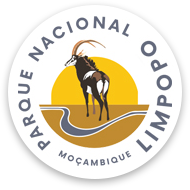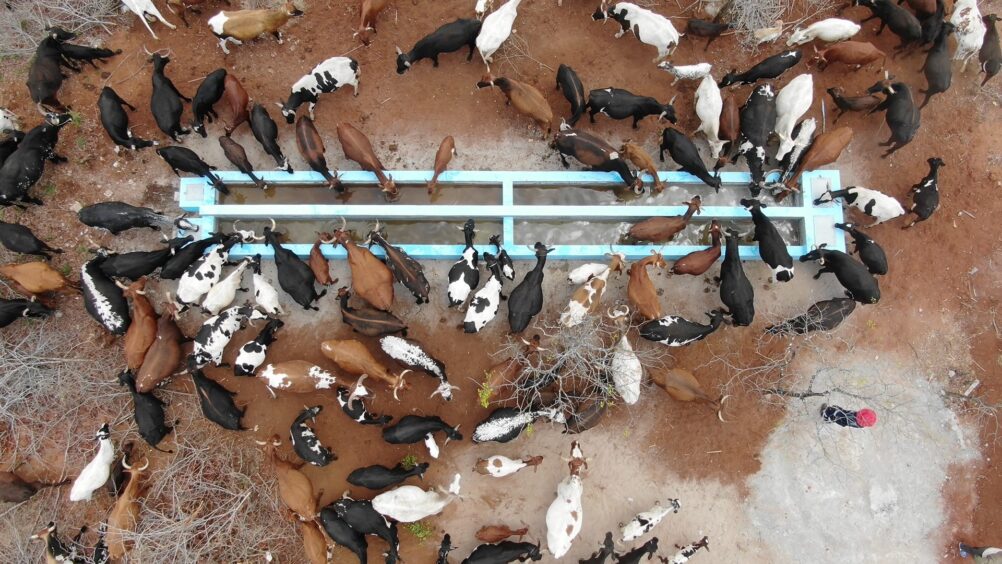In a story as old as time, where the interests of people and wildlife constantly collide, a new chapter is unfolding in and around Limpopo National Park which speaks to soothing conflict and nourishing lives with new water sources.
Formerly a wildlife-inhabited hunting concession, the farmers and communities local to this remote, drought-prone landscape in the Massingir district of southern Mozambique have struggled to reconcile the numbers and needs of their cattle with the sparsity of grazing areas around their villages. Now, a life-changing project introduced over the past two years is offering communities residing inside the park, in a human-wildlife conflicted conservation area, with the opportunity to move their livestock to newly expanded communal grazing areas through the pivotal provision of water. As a result, cattle are free to feed further from traditional sources such as rivers.

The restoration of grazing land and building of livestock watering areas beyond Limpopo National Park’s limits is an initiative of the National Administration for Conservation Areas, with the support of the Peace Parks Foundation, funded by the Prince Albert Foundation. The partnership is engineering a water supply system outside of the park with the capacity to feed about 165,000 hectares of pasture and 18,000 head of cattle in areas safe from internal threats posed to them and to herders by elephant, and predators such as lion and hyena.
Threat of change
Wherever people live in close proximity to wildlife and freedom to move may be restricted, friction will inevitably occur. Whilst humans seek access to natural resources and livestock seek to graze, predators seek to prey. Competition over vital needs carries numerous risks, added to a shifting environment full of unknowns. Whenever conditions change – in climate, population size or resource abundance – threats multiply and conflicts escalate. Looking forward, Africa is forecast to be the continent with the highest human population growth projections by 2100. Climate change will aggravate existing stressors on a continental scale, bringing with it greater pressure on natural resources, as humans compete with wildlife for access to land and to a water supply which is already unreliable.
Limpopo National Park, and the surrounding buffer zone where the protected area transitions into its unprotected surrounds, is grappling with all these changes, reflecting the much bigger picture – in which water scarcity is a worryingly prominent part.
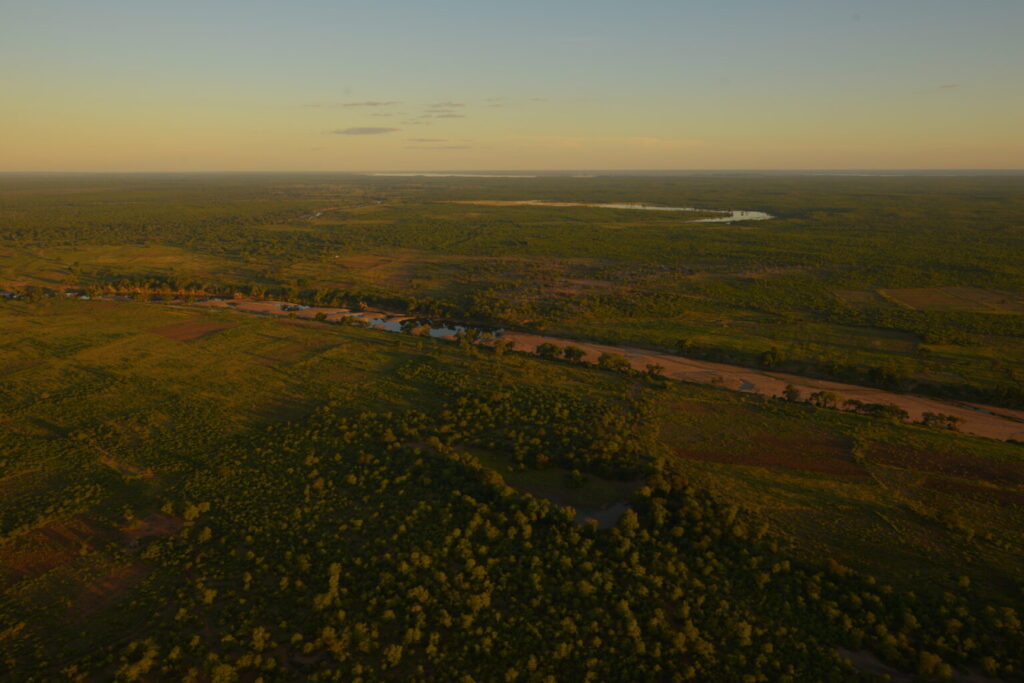
The seasons have become increasingly noticeable in Limpopo National Park. The rainy seasons due to climate change are more and more troubled; there are years when the rains are so rare that there is no water for the livestock and wildlife along the Chinguedzi river channel here.
Délcio Julião, Head of Project Implementation, Peace Parks Foundation
Herding 4 Health leads the way
The urgency of a major water intervention was clear following the implementation of the overarching, and hugely promising, Herding 4 Health initiative, generously funded by the Swedish Postcode Lottery. This was launched previously, in partnership with Conservation International, at a time when farmers were losing on average 25 cattle per month.
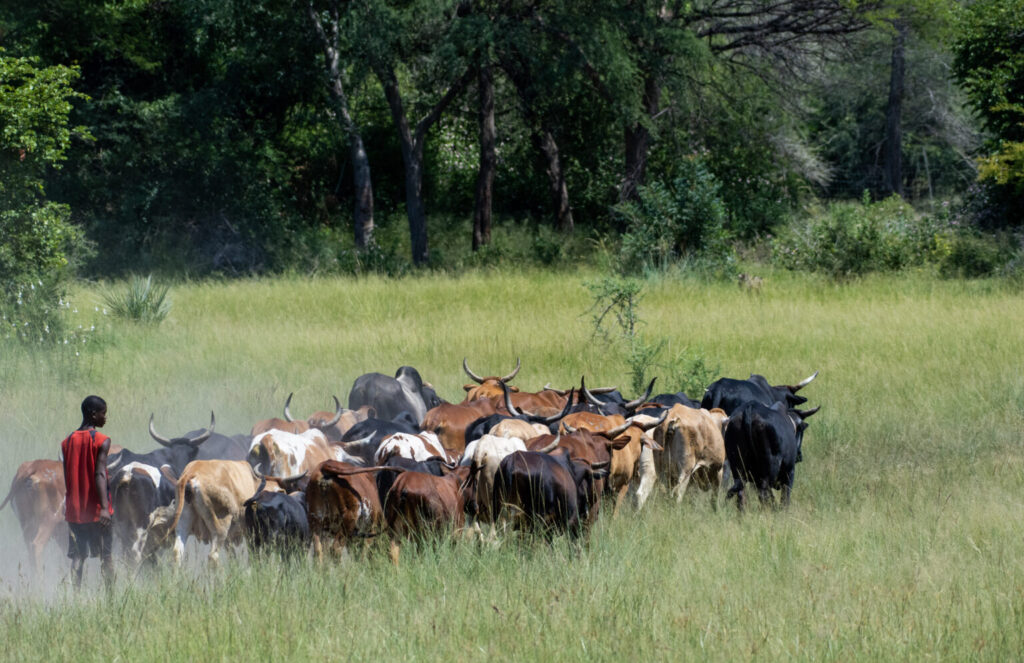
Herding 4 Health is the community development ‘parent programme’ to the water security project, encompassing the same area and bringing about positive change in a number of ways. It is making remarkable strides in allowing communities to continue to live in a way that compliments and enhances their traditional rangeland and livestock management techniques, and principles of co-existence, thereby assisting in the restoration of entire landscapes. With the success of the initial water and H4H programme, this replicable approach has now been expanded across landscapes, thanks to the Southern African Development Community Transfrontier Conservation Area Financing Facility and the African Development Fund One Limpopo One Health Project.
Investing in the landscape
“Since the implementation of Herding 4 Health, there has been an urgent sense of the lack of water, and the need to expand the grazing areas outside Limpopo National Park. In other words, to create new grazing areas outside the park perimeter and be able to move the cattle currently inside to these external areas for security against predators. These new areas have no water, but now – thanks to funding from the Prince Albert Foundation – this is changing,” Julião says. By having water points further from the region’s rivers, new grazing areas can be expanded and opened, meaning that there will be less over-grazing and soil erosion around the rivers. Now able to walk shorter distances for water and sustainable grazing, livestock will be in better condition – and communities will have healthier more valuable livestock to take to market.
Five multifunctional boreholes in five villages on the park periphery have been successfully drilled, to be boosted by natural water conservation sources scattered around the identified areas. According to Julião, the initiative will introduce a rotational grazing model to help restoration of vegetation and set up predator-proof mobile pens for the safety of livestock, as well the hiring of 45 Eco Rangers to monitor the cattle as they safely feed. Compared to previous costs – the loss of farmers’ cattle and so marketplace earnings, as well as hand over fist government compensation, these investments pay tangible long-term dividends. They also ensure that parks like Limpopo can continue to support healthy populations of predators without conflict-based risk to their survival.
Benefits beyond borders
Peace Parks Foundation has long since recognised that both protected areas and communities cannot be segregated by way of a solution. Known as the ‘fortress conservation’ model, the permanent barriers that fence lines around parks represent are the antithesis of an alternative large landscape approach. Employing dynamic methods and partnerships which work to conserve and connect vast areas, and transcend borders, is the surest way for Peace Parks to boost and sustain global biodiversity and the welfare of communities.
The joint water security and herding initiative sets a strong example: a holistic model achieving health, resilience and coexistence benefits for communities, ecosystems, and economies. “This is the project that everyone wants to continue, without stopping, until all the communities that are inside the park are resettled and are properly adapted to the new areas,” Julião stresses.
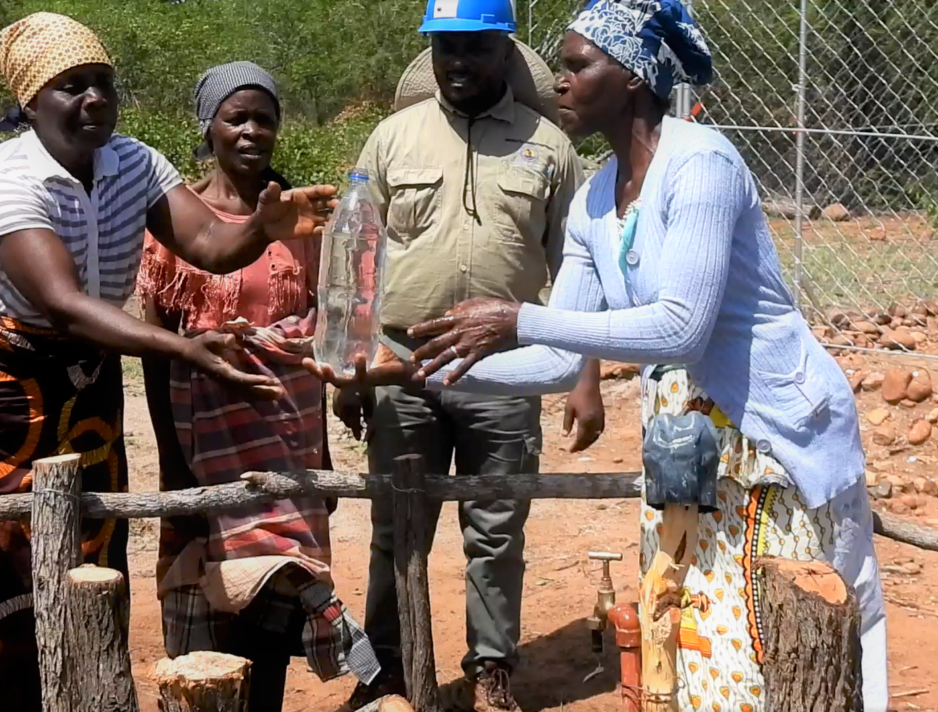
It is a watershed strategy for Limpopo National Park, influencing local areas and practices for the better, and already extending to other regions and nations: a sure success story on an impactful scale.
